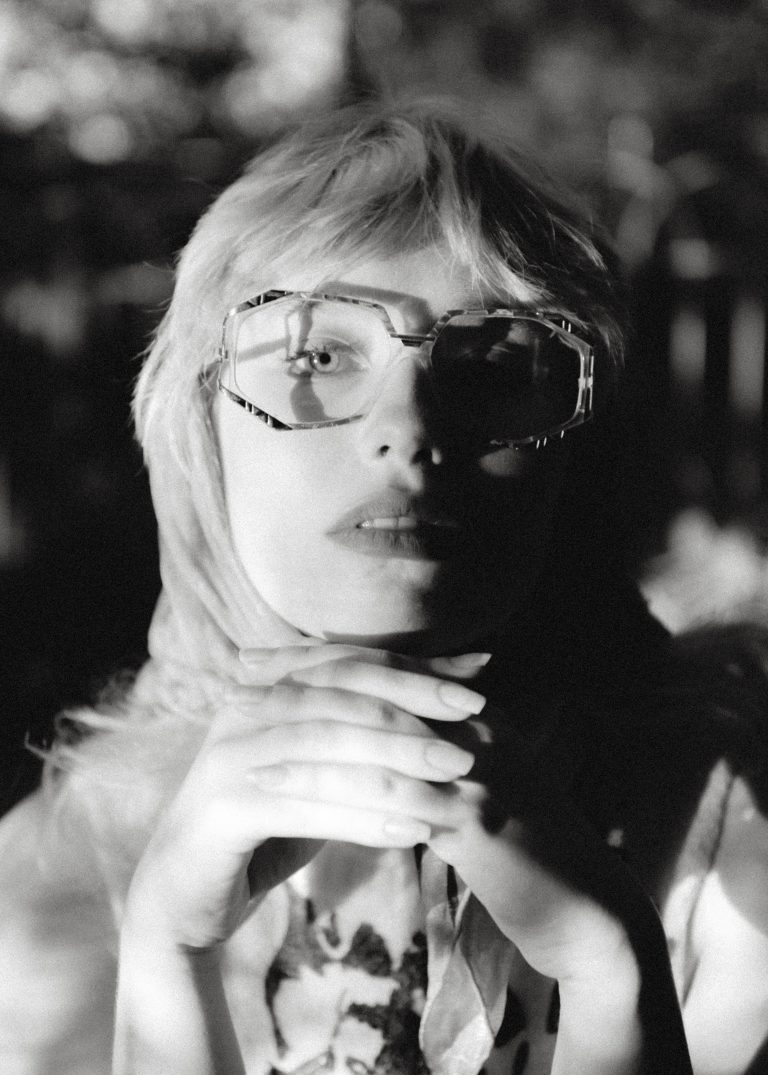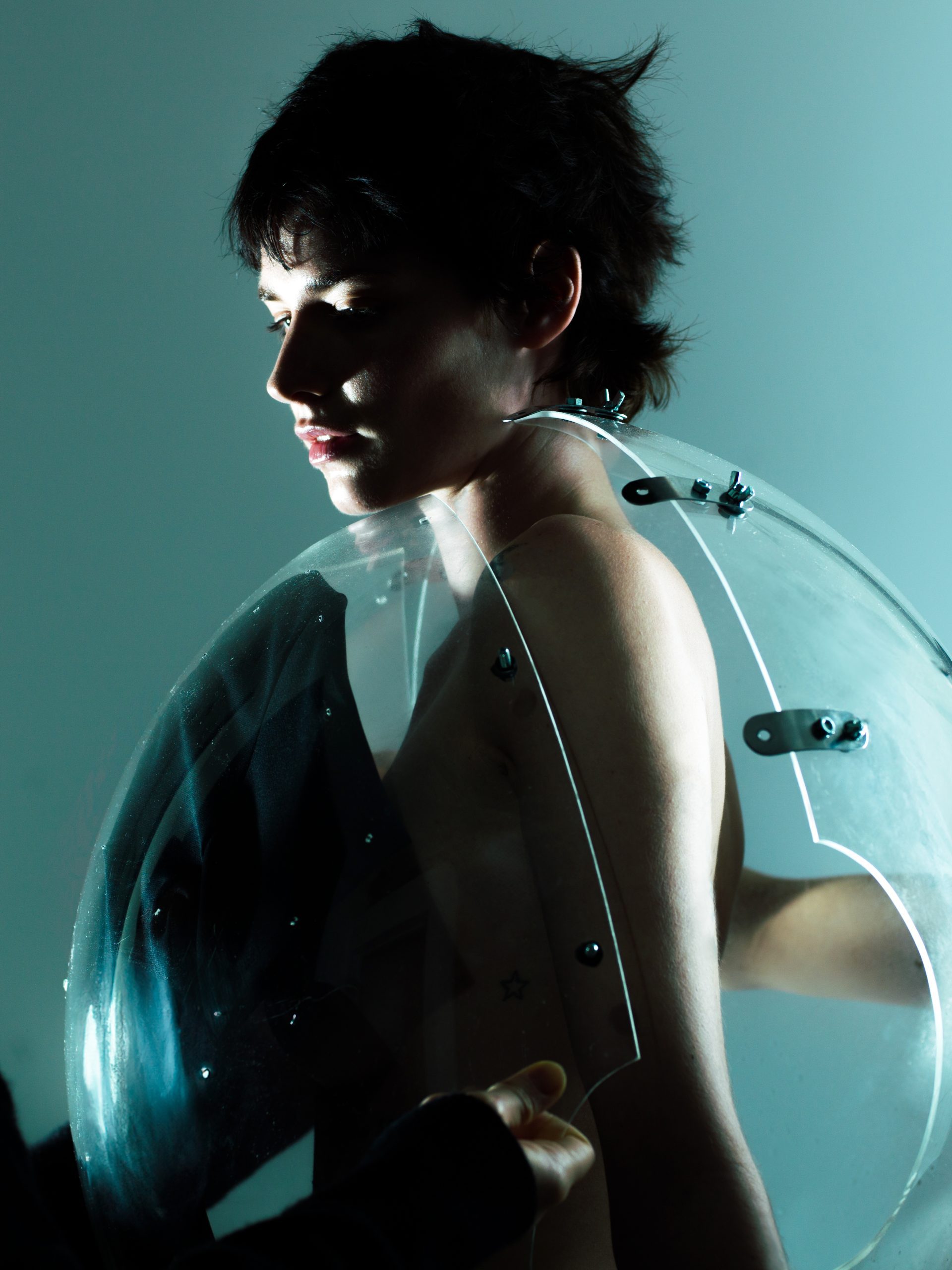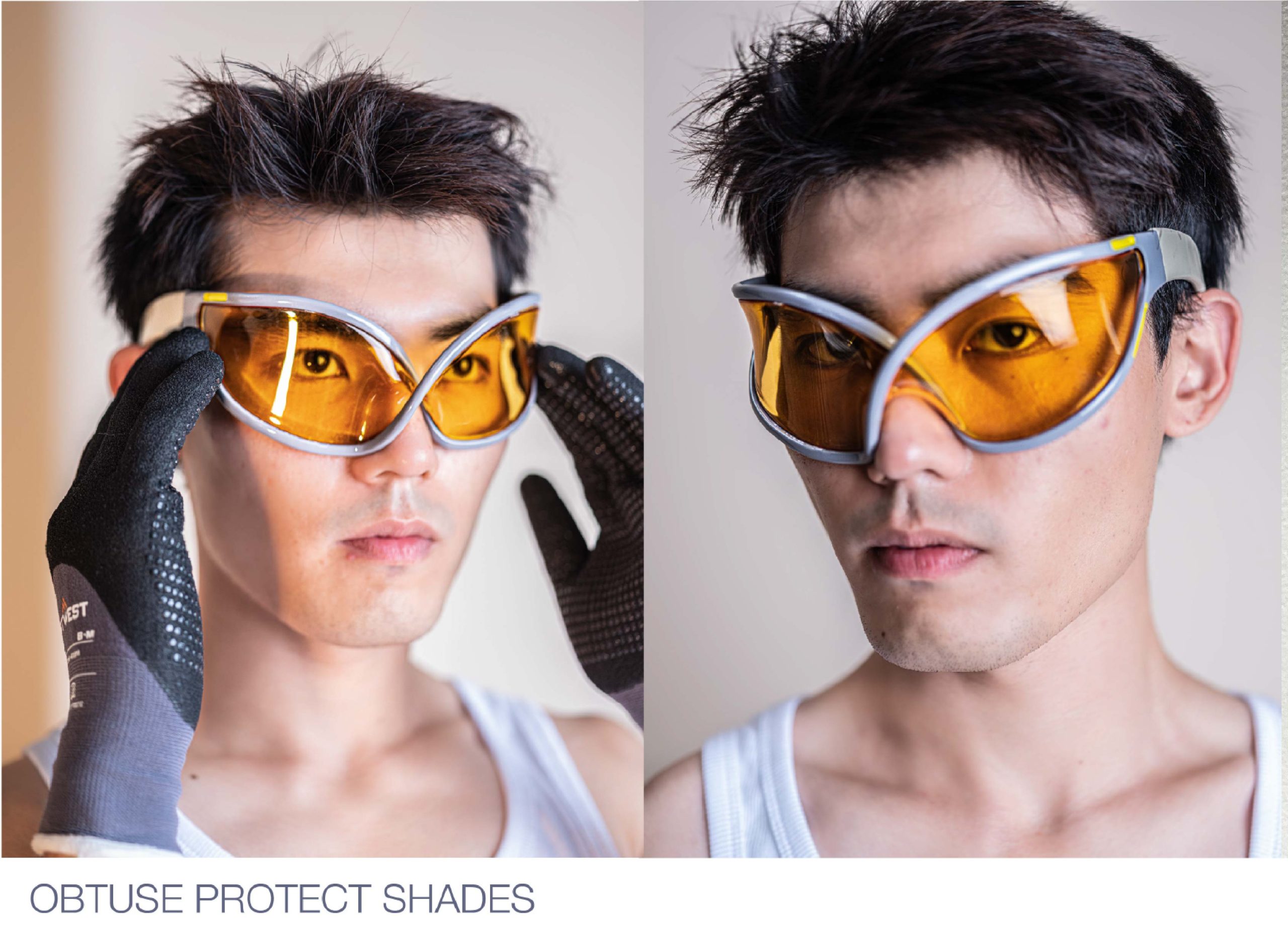What would you say is the fundamental role of a stylist? and how have you tackled this?
The fundamental role of a stylist is to impart your unique point of view in such a way that a story comes through on camera. It’s a narrative with peaks and troughs.
Of course the clothes have to be pretty, but they also have to evoke something.
What is your greatest ambition as a stylist?
I would like to delve further into the world of art direction. There are already certain creative similarities between the roles of stylist and art director, in terms of conceiving of and executing a concept. I would like to take this further. I often have very specific visions, down to poses and lighting, and I would love to be trusted, and trust myself, in a regular role that encompasses both.
How do you suppose you could help tackle sustainability as a stylist in the future?
It’s important to support emerging designers instead of megalithic corporations. Simply put, you cannot know if a brand is sustainable unless you can trace the production chain and name the exact people making your clothes.
How does your style differentiate from other creatives?
I am in academia, and my style references can come from this as well as designers and artists. I write about body modification under late capitalism, as depicted in late-eighties and early-nineties fictions. I think my fascination with the body, and my love of exaggerated eighties silhouettes, come through in my style. I like there to be an element of bodily strangeness and the uncanny in my work — whether that arrives through the clothes, or simply in the way the model is posed.
What was the inspiration behind the concept for this photo series?
Kate Bush and Grace Jones. Bush for her song ‘Wuthering Heights’, as I was picturing the bleakness of the moors, but with Grace Jones transplanted into the scene. I suppose I should say Emily Brontë was the inspiration for the setting, but it was Bush’s song that played in my head throughout the photoshoot.


In your experience, what would you say are the challenges of an aspiring stylist?
Getting your hands on new and exciting collections. Unfortunately most magazines no longer commission many editorials; they instead wait for teams to submit them. This means stylists aren’t issued a pull letter, which can make it harder to borrow pieces from designers and PR companies. This practice also involves more personal risk for the creative team itself, as everyone must undertake the work without knowing if it will be published. It’s another way the industry exploits young creatives.
How do you manage the need for resources/team and how do you go about acquiring these?
I’m lucky to be in London, where there are so many creatives excited to try out new ideas and collaborate on new projects. I’ve met some great people through these collaborations, and I can’t wait to see what they do in the future.
Developments in technology and environmental pressures will force many industries to transform. How do you think these factors will influence the work of a stylist?
I’ve already begun to see changes take place in the fashion industry — for example, there are now clothing labels that operate entirely in the digital realm, with the pieces edited onto the body for photos.
Emerging designers are using technology in interesting ways — CSM graduate James Walsh’s final collection was entirely 3D-printed from recycled materials. The designer behind contemporary brand Hanifa, Anifa Mvuemba, launched her label’s latest collection with a digitally-rendered runway show made accessible on Instagram Live. The garments walked themselves down the runway. The execution was so perfect that their movements still alluded to an invisible fleshliness within. I could imagine stylists moving towards digitally-rendered fashion.





